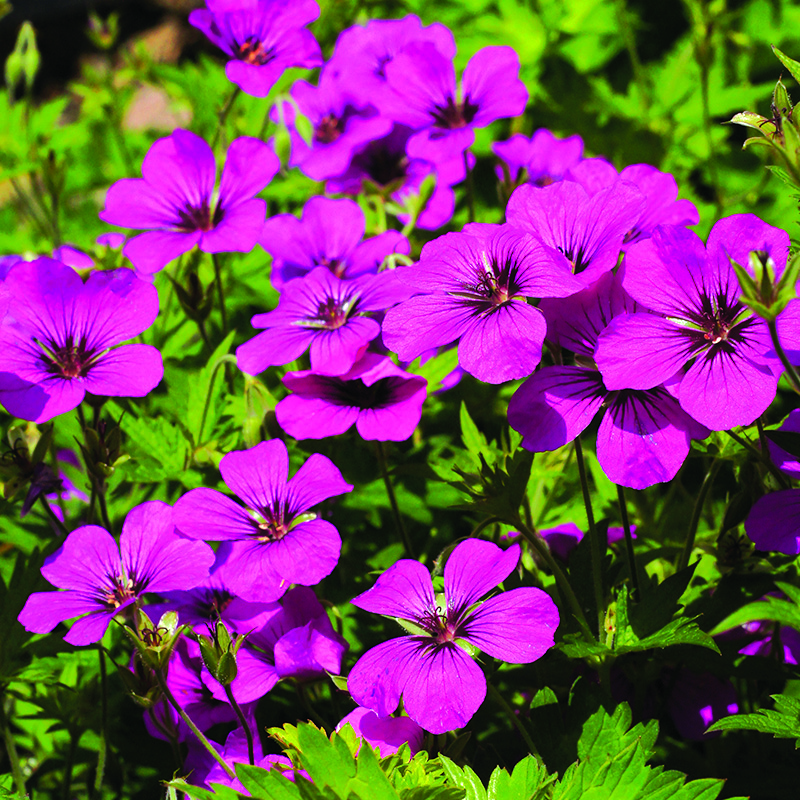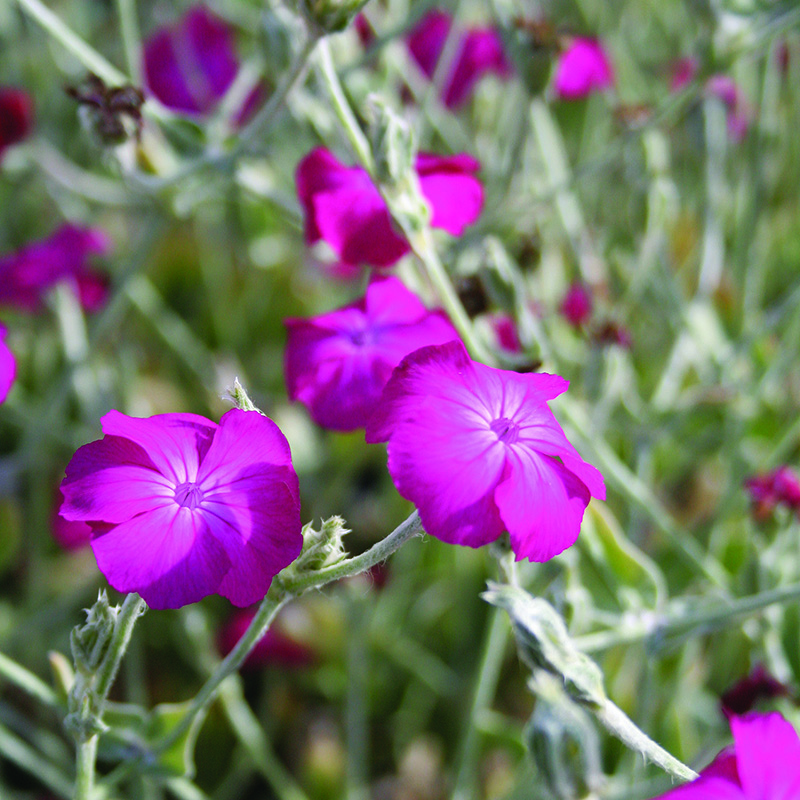Herbaceous Perennials
Herbaceous plants (in botanical use frequently simply herbs) are plants that have no persistent woody stem above ground. The term is mainly applied to perennials, but in botany it may also refer to annuals or biennials, and include both forbs and graminoids.
Annual herbaceous plants die completely at the end of the growing season or when they have flowered and fruited, and they then grow again from seed.
Herbaceous perennial and biennial plants may have stems that die at the end of the growing season, but parts of the plant survive under or close to the ground from season to season.
Phygelius Croftway ‘Coral Princess’
Forms and upright clump of ovate dark green leaves. Bushy habit. Panicles of tubular coral pink-red flowers with contrasting yellow throats. Will bloom in profusion all through Summer and into Autumn. Cut back spent to flowers to sustain re-blooming. Garden plant for flowerbed in moist but well drained soil in full sun. Best in a sheltered position. Evergreen in mild areas. Good in beds, borders, coastal gardens, beside walls. Height and spread (approx) - 70cm x 60cm.














